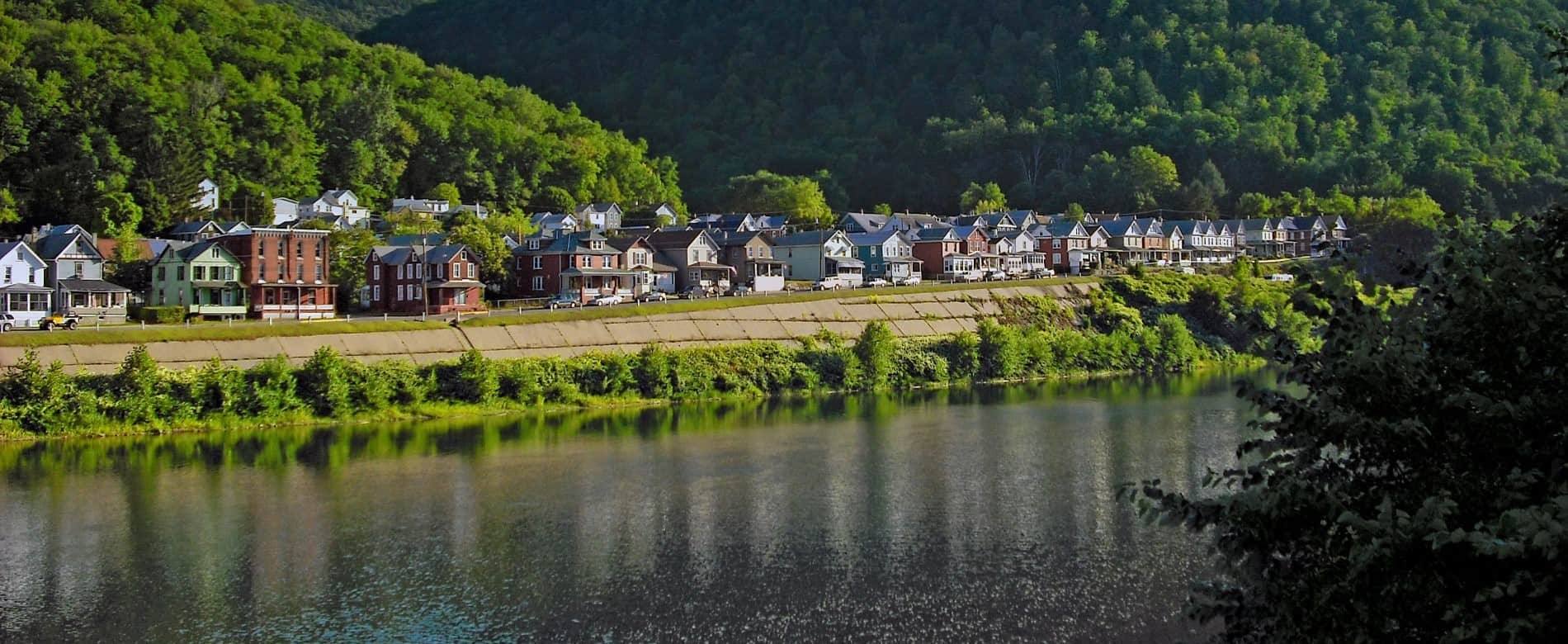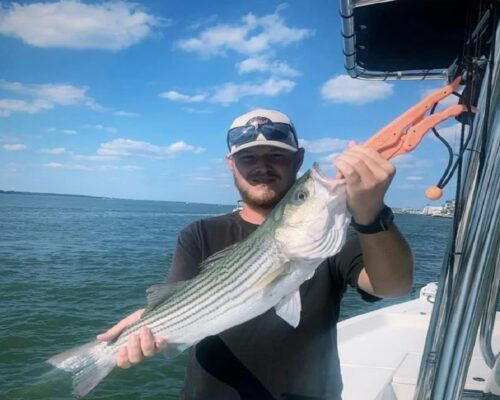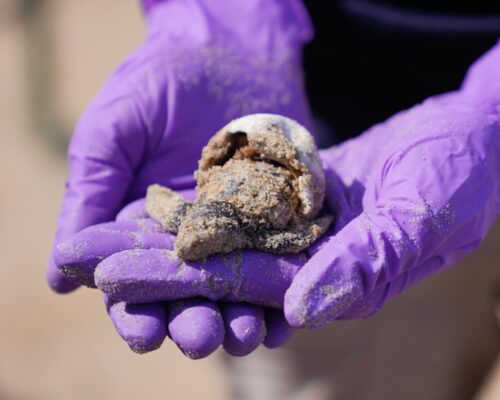When an unthinkable mid-air disaster took place over the Potomac River on the night of Jan. 29, the response by first responders was massive. The crash, which killed 64 people on an American Airlines regional jet and three people aboard an Army Blackhawk helicopter, is said to be the most significant disaster to occur in U.S. airspace in at least 15 years.
An estimated 300 emergency responders from Virginia, DC, Maryland, and federal agencies participated in the search efforts, which quickly turned to recovery efforts once it was clear there were no survivors. At the same time, federal investigators assisted by regional police were gathering debris and clues into what went so horribly wrong that night. One responder who played an unsung role in the operation was Potomac Riverkeeper Dean Naujoks, who has been on the job for a decade and knows the intricacies of the river better than most.
Naujoks recently opened up about his experience on the day after the fiery crash, during the Potomac Riverkeepers Network (PKRN) “Water Wednesdays” talk.
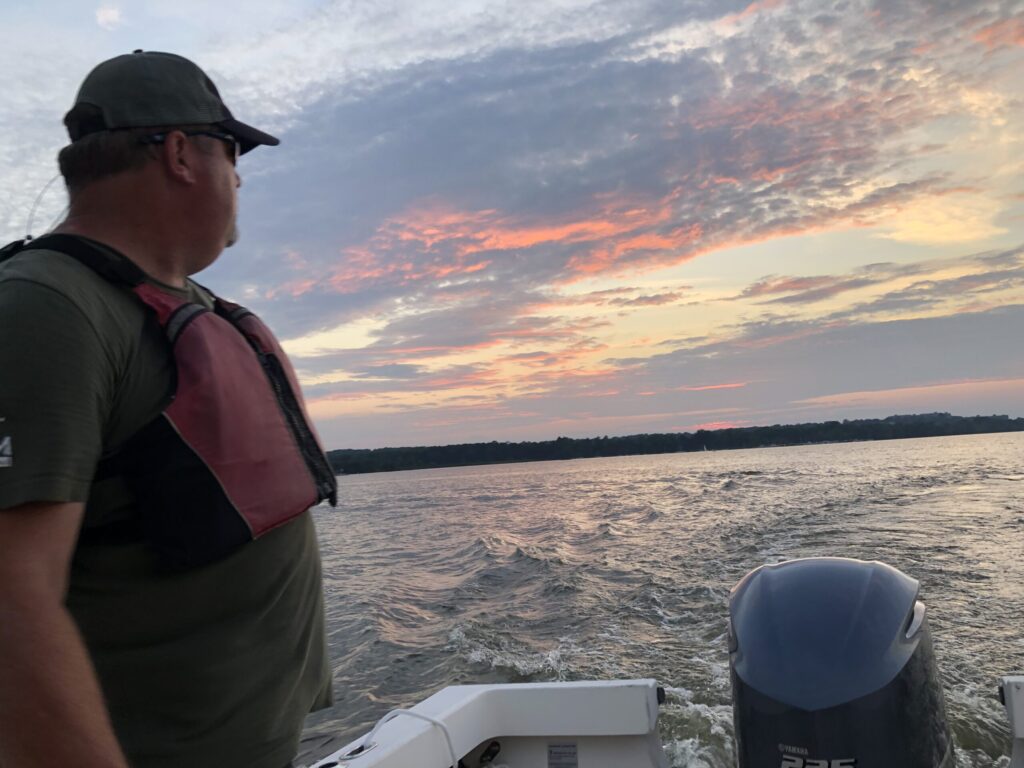
Naujoks calls the tragedy “one of the saddest days on the Potomac River ever.” He learned of the crash late on the night of Jan. 29, and wondered how he could help. At first light, Naujoks says he drove to the Washington Sailing Marina, which served as a landside base of operations for the response team.
Wary of trespassing on what was then a closed river, and with recovery efforts to find the victims still underway, Naujoks waited on land instead of boarding his patrol boat. He says considering the hundreds of emergency crews on the water, things were oddly quiet.
Then Naujoks heard FBI investigators speaking about recovering debris. He had some idea where the debris could have floated based on his knowledge of tides and river conditions. The FBI ultimately granted him permission to travel about two miles downriver to Smoot’s Cove and Oxon Cove, very tricky areas to approach without intimate knowledge of the river.
It is shallow in those coves, and Naujoks explains that a rock jetty makes it nearly non-navigable if you don’t know where you’re going. “You’ll rip your prop off if you don’t know where that rock jetty is,” he says.
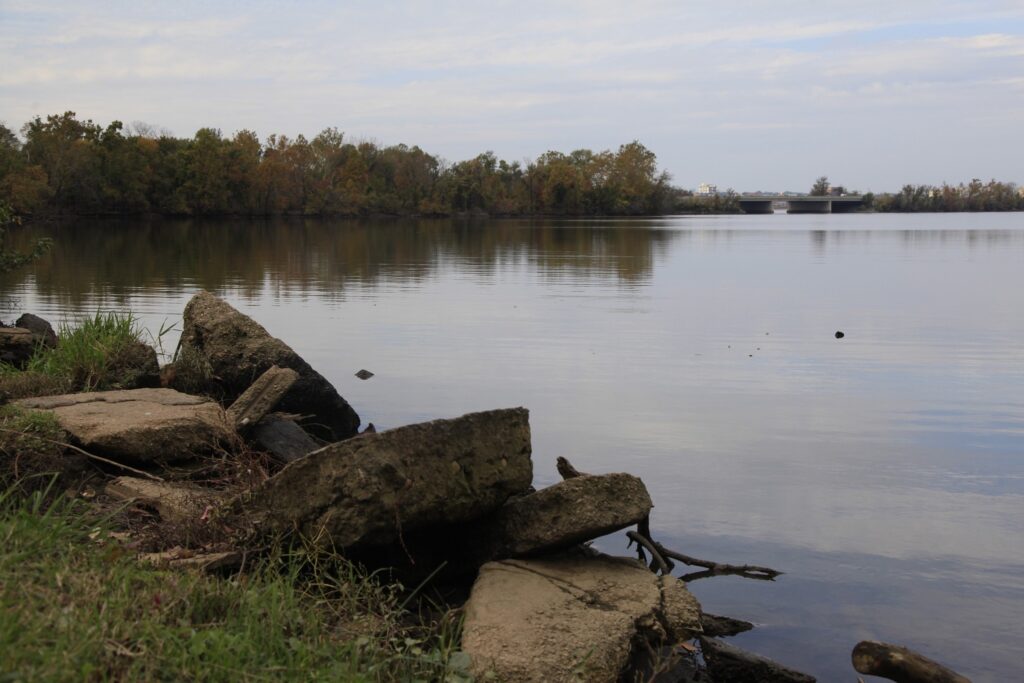
The surreal scene he found downriver over the wreckage site included floating sugar packets and bags of chips, the bags still intact. There were pages from a plane manual scattered widely. He also found larger debris, like plane parts and a seat from the passenger jet.. Everything was covered in jet fuel, Naujoks recalls.
With a boatload of debris, the riverkeeper returned to the dock and turned over the evidence to the Alexandria Police Department for delivery to the FBI. He later talked a boat captain with the FBI through navigating the approach to the coves, describing visual landmarks to guide him in past the rock jetty.
After doing what he could to contribute to the debris collection effort, Naujoks immediately began to prepare a pollution response. As riverkeeper, he is a watchdog for river health and the safety of people that may be exposed to the Potomac.
He didn’t have experience with pollution risks from major aircraft, so he enlisted experts at the University of Mary Washington and Johns Hopkins University to get a better understanding of what chemicals might be in the river. Unfortunately, the high cost of testing water samples for aircraft chemicals has limited PKRN’s ability to test the water. “We just don’t have the resources we need to test in a situation like this,” he says.
A PKRN Polar Bear Plunge was planned for the weekend following the crash, which was Naujok’s most pressing concern. As a precaution, the event was shifted to a virtual plunge instead.
Naujoks is optimistic that any water quality damage would be limited because the crash caused a short-term exposure, unlike long-term exposure caused by things like industrial pollution , which create a lot of damage. The D.C. Department of Energy & Environment is the lead agency on the environmental response.


